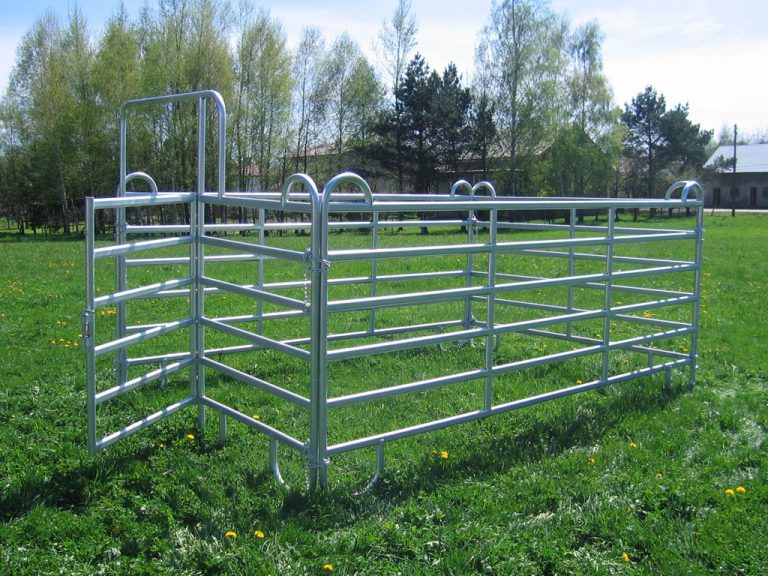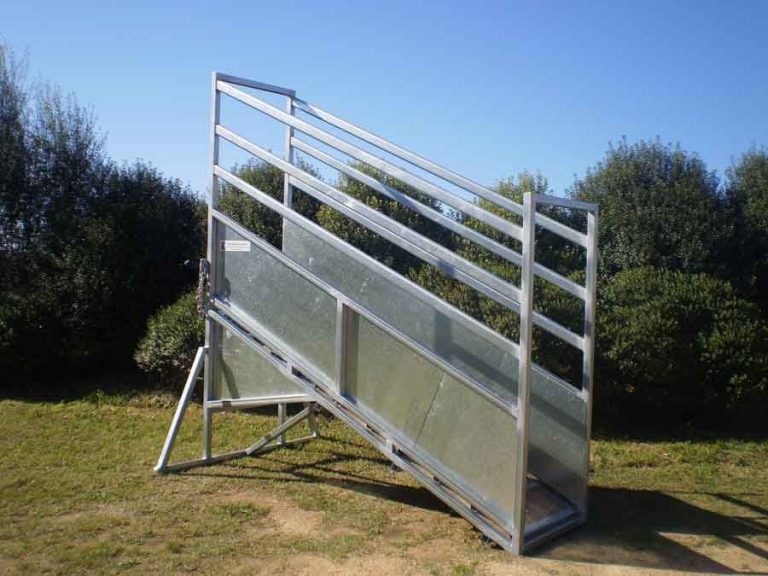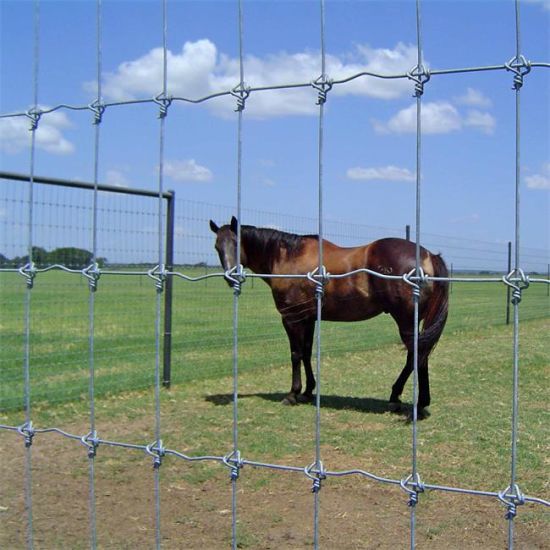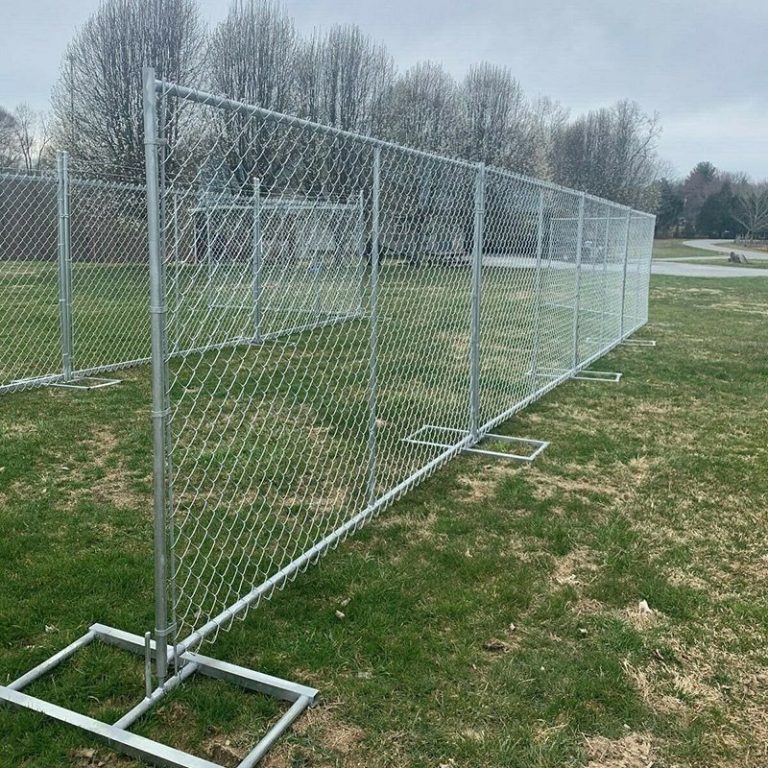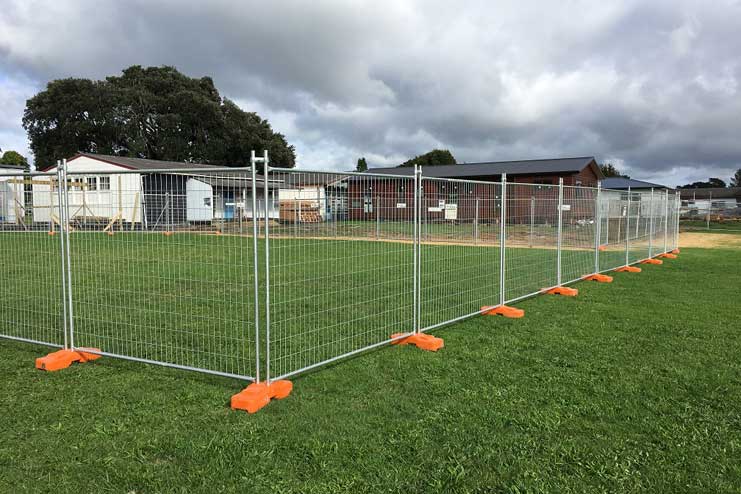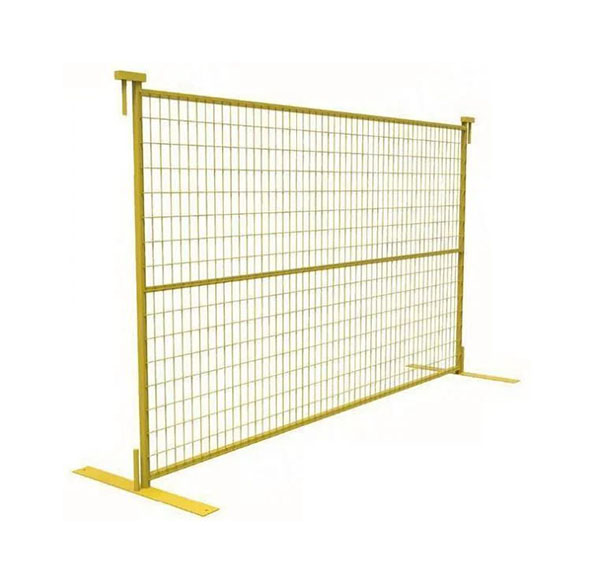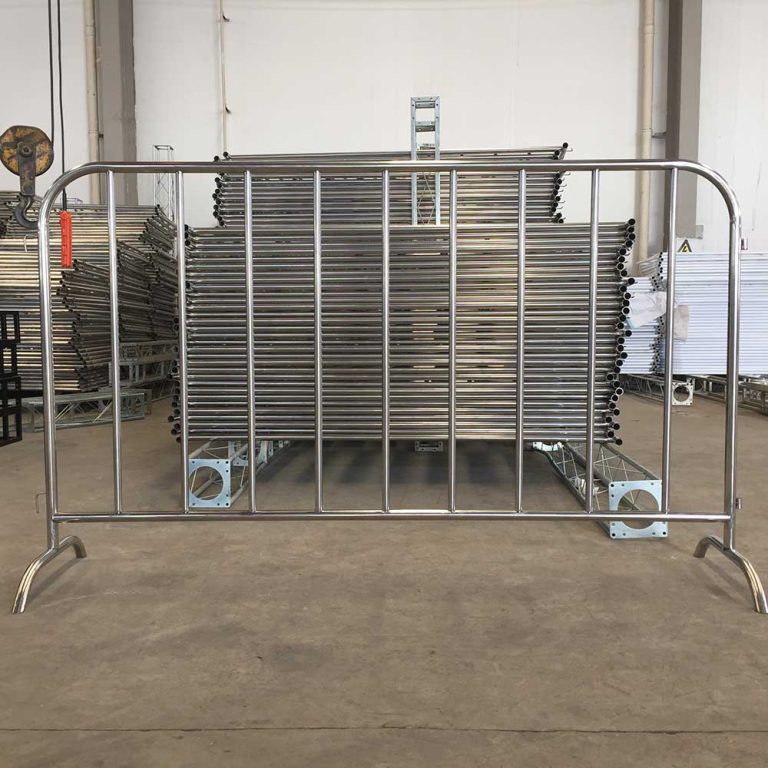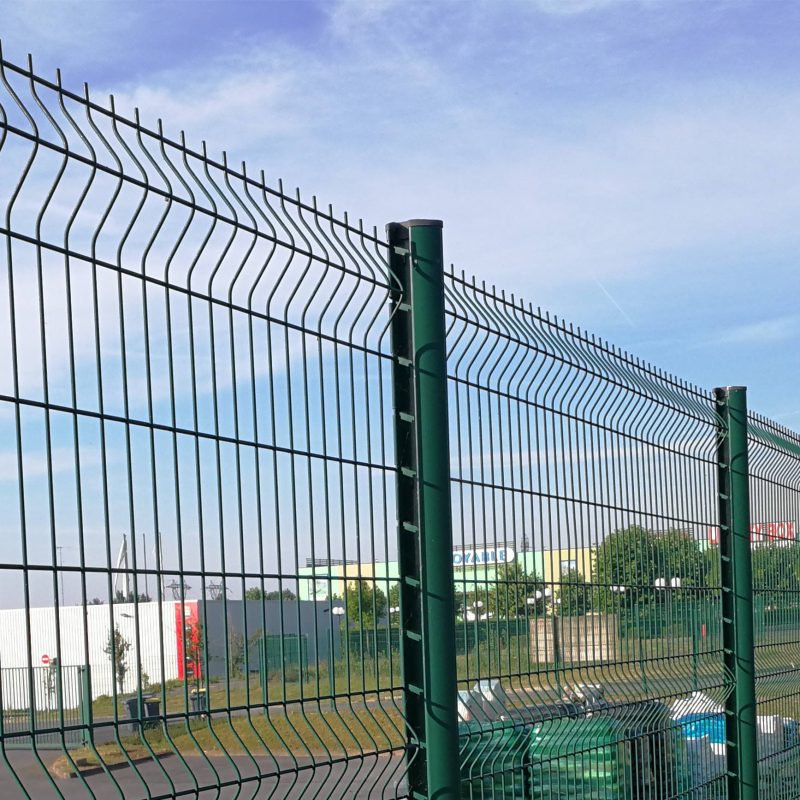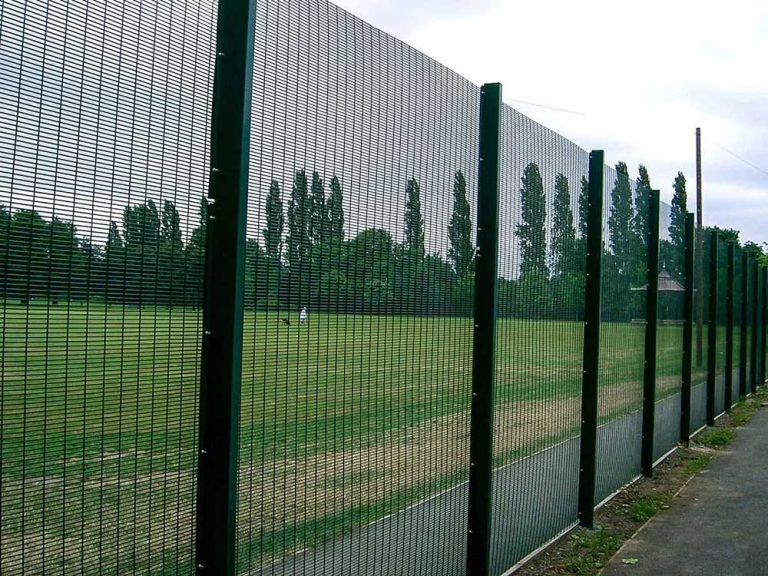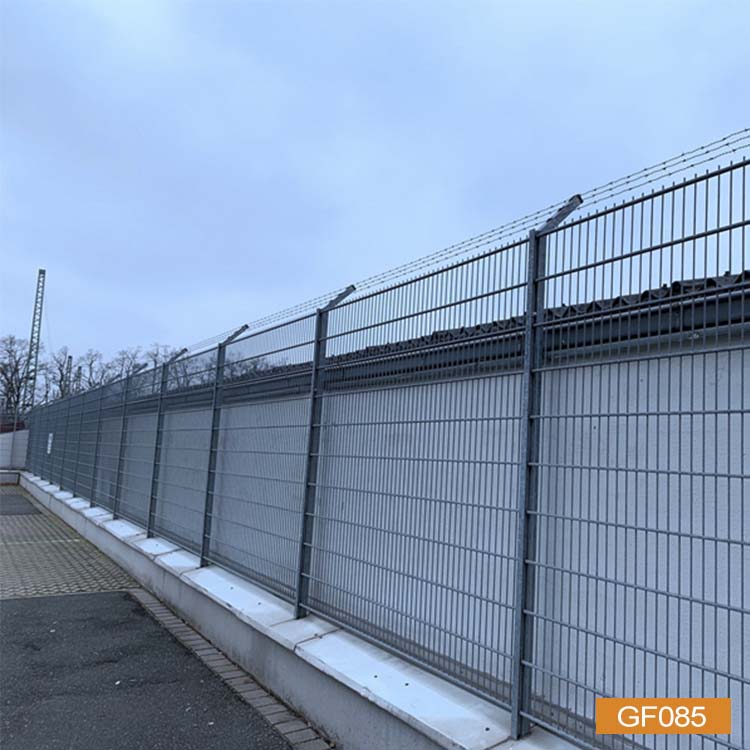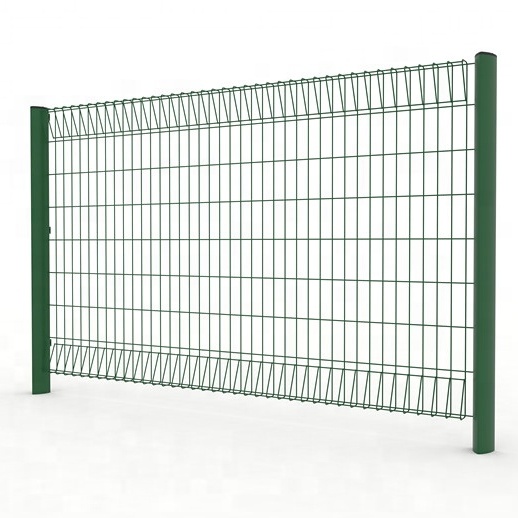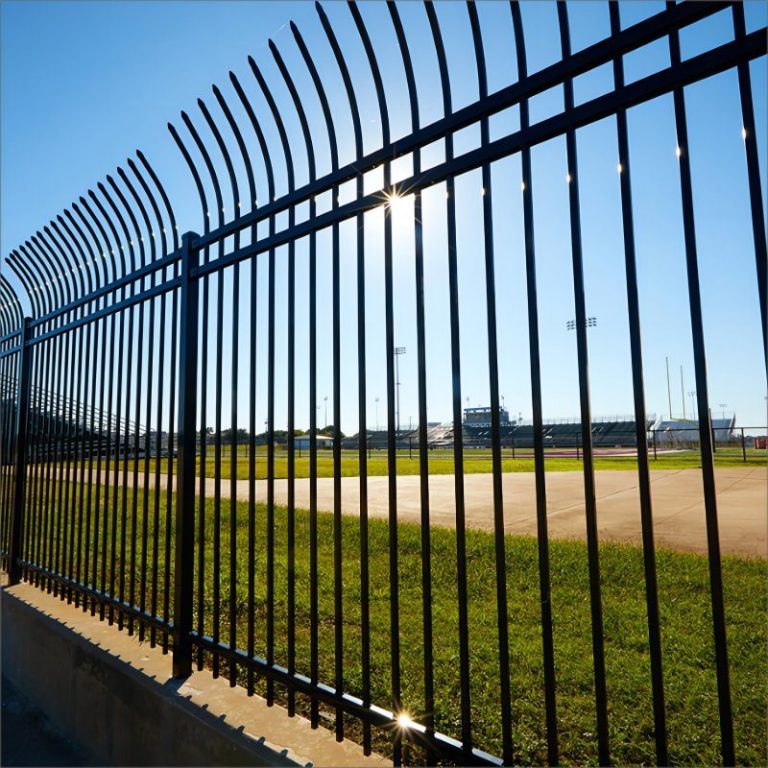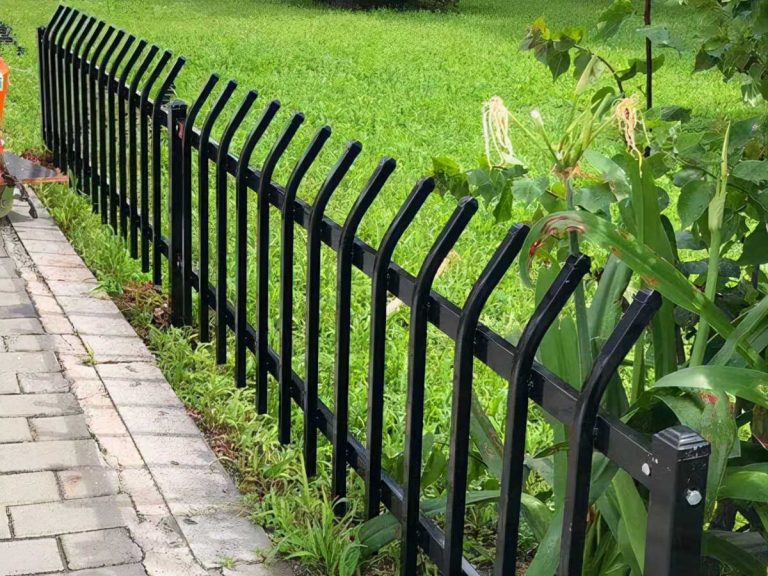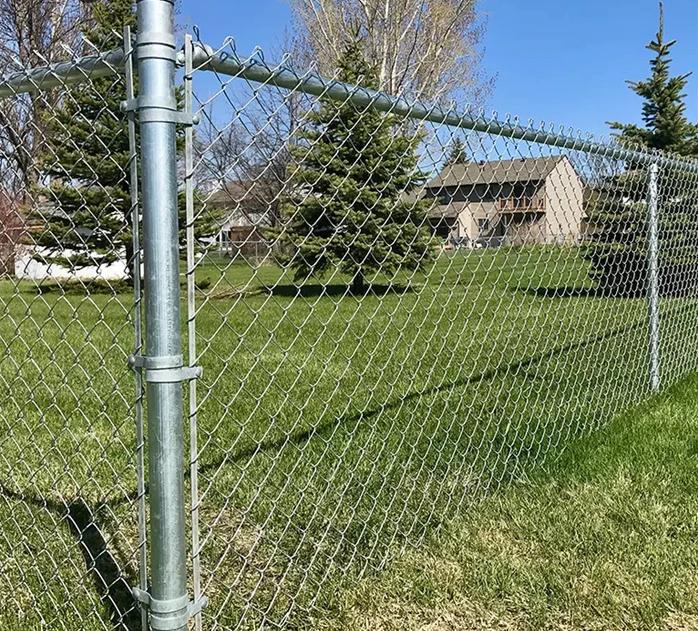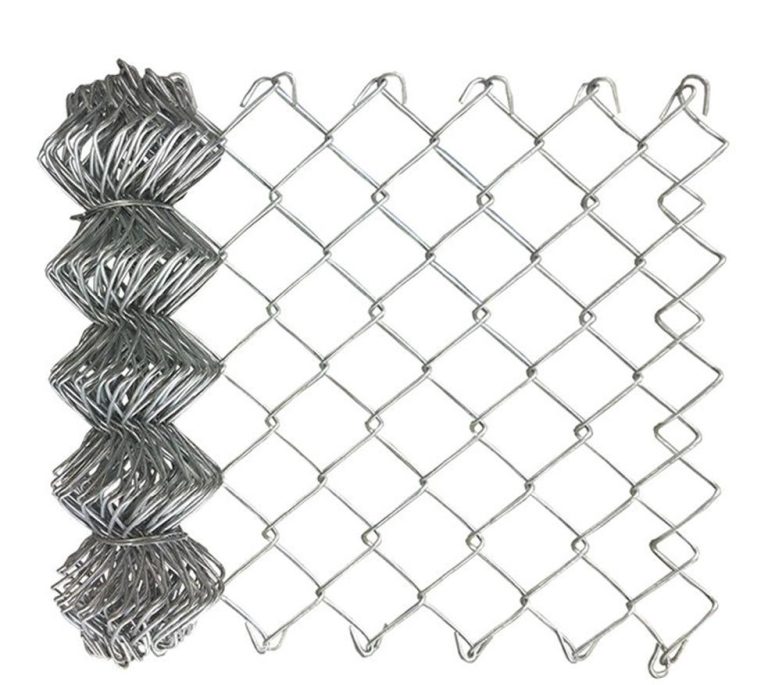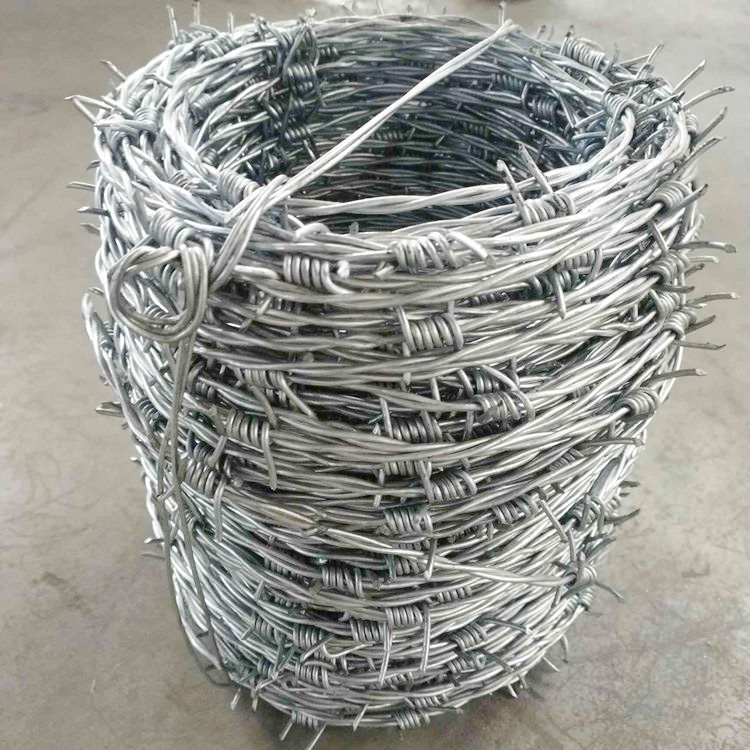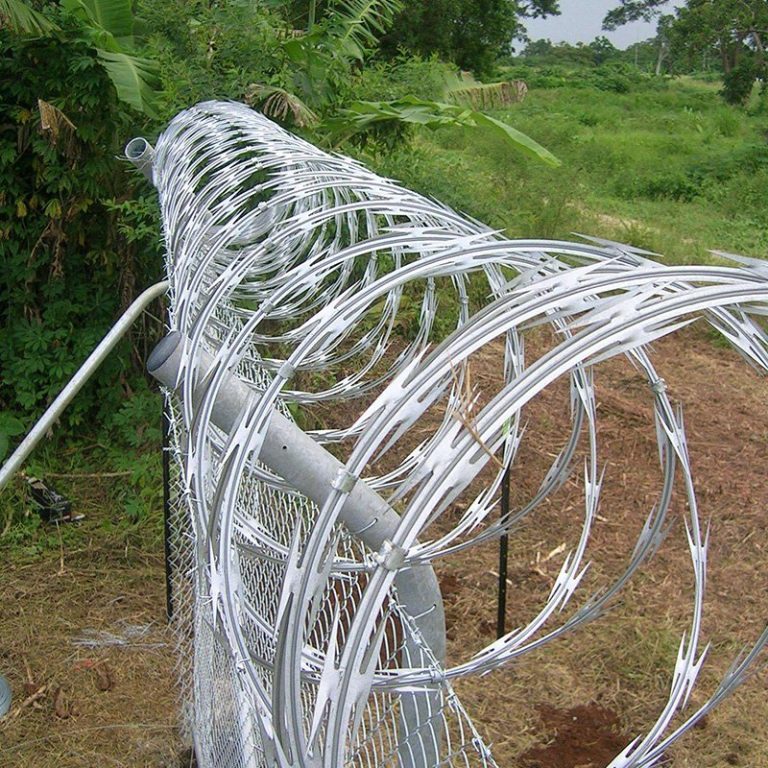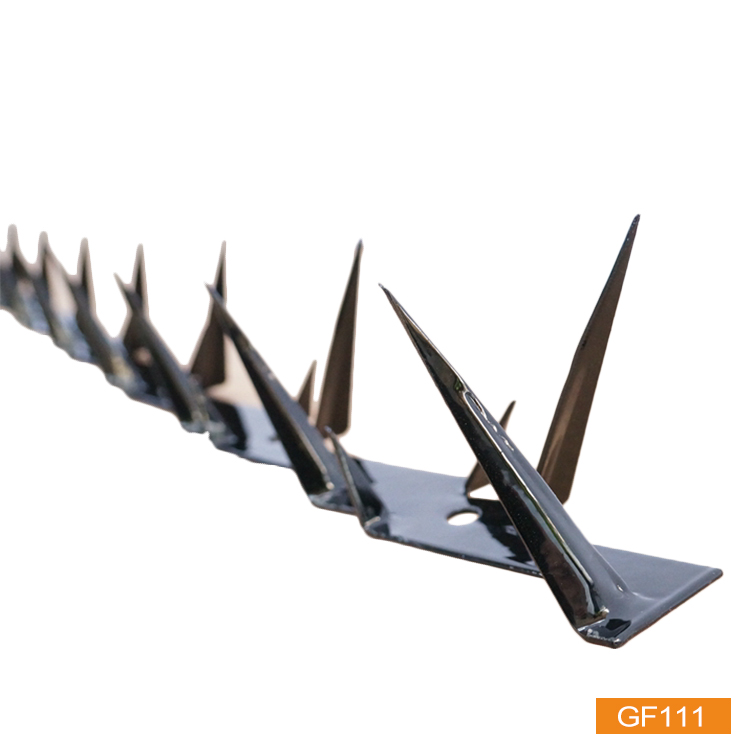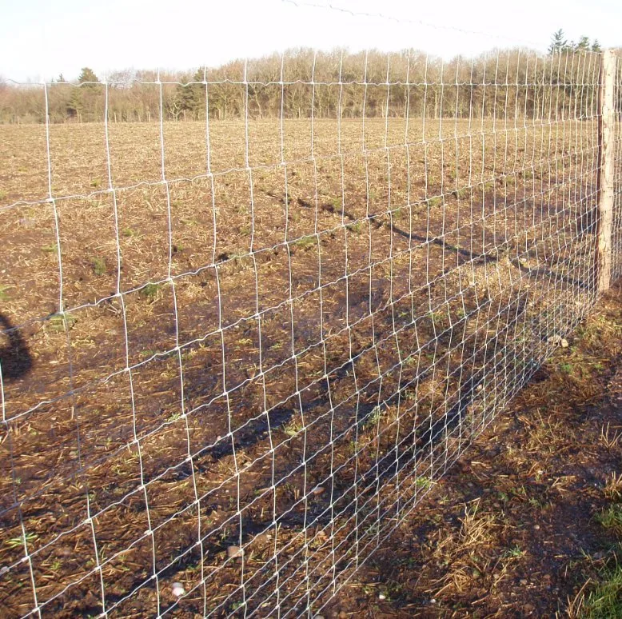
Introduction
Livestock farmers know that choosing the right fence can save time, money, and even protect their animals’ lives. Among the most common options are Field Fence and Barbed Wire. Both are used widely across cattle and sheep farms, but they differ in build, safety, and long term performance.
This article compares the two fencing systems, drawing on industry guides and practical farm needs. We’ll break down structure, durability, cost, and safety so you can see which fence best fits your farm. Along the way, we’ll also introduce JiaHui, a trusted global wire mesh supplier, whose fences are made for both small farms and large ranches.
Structural Differences Between Field Fence and Barbed Wire
How Field Fence Is Built
Field fence, sometimes called woven wire, is made of vertical and horizontal wires knotted together. The spacing can vary: smaller gaps at the bottom for sheep and tighter animals, wider gaps at the top for larger livestock. This design keeps animals in while allowing visibility.
How Barbed Wire Is Built
Barbed wire is a simple wire strand with sharp barbs twisted in at intervals. It relies on tension between posts. Its strength is not in the wire thickness, but in the deterrent effect of the barbs.
Why Structure Matters
The woven design of field fence creates a physical barrier that works even if animals push against it. Barbed wire, while effective for large cattle, can be risky for sheep or goats, which may injure themselves when they try to squeeze through.
Safety and Animal Welfare
Field Fence and Animal Protection
Field fence offers smooth surfaces and knot designs that prevent cuts. Farmers raising sheep or goats often prefer it because it reduces the risk of injuries. It also prevents predators like dogs or coyotes from slipping through.
Barbed Wire and Risk of Injury
Barbed wire is strong, but the sharp edges can hurt livestock. Cattle rubbing against it may suffer scratches, and wool bearing animals like sheep can get tangled. Over time, this can lead to health costs.
Balancing Safety with Security
Both fencing types secure animals, but in different ways. Field fence is a containment system, while barbed wire is more of a psychological barrier. For farms that prioritize animal health, field fence often proves the safer choice.
Durability and Maintenance
Weather Resistance
Good fences should withstand rain, wind, and temperature swings. Field fences with galvanized coating are designed for outdoor endurance. Barbed wire also resists rust when coated, but because of tension stress, it may sag or snap faster.
Lifespan in the Field
A well installed field fence can last 20 years or more with little upkeep. Barbed wire fences may need tightening or replacement after 10–15 years, especially in harsh weather.
Maintenance Workload
Field fence requires minimal repair if installed properly. Barbed wire, being stretched under tension, demands more frequent checks for loose or broken lines. For busy farmers, the maintenance load may tilt the balance toward field fence.
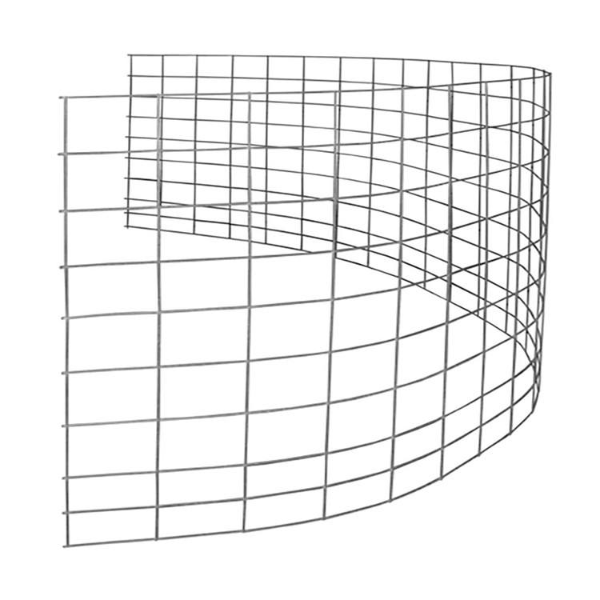
Cost and Value
Upfront Costs
Barbed wire is cheaper to buy and quicker to install. That’s why many cattle ranchers covering huge land areas still use it. Field fence costs more in material and labor at the start.
Long Term Savings
Although barbed wire is cheaper upfront, frequent repairs and animal health issues can raise long term costs. Field fence, with fewer injuries and less replacement, often delivers better value over decades.
Matching Fence Type to Farm Size
For very large open rangeland, barbed wire may remain practical. For mixed livestock or small to mid sized farms, field fence usually pays off in reduced risks and repairs.
Practical Applications in Cattle and Sheep Farming
Cattle Farms
Barbed wire is historically linked with cattle fencing, but many modern ranchers mix field fence with barbed strands on top for added security. This creates a safe base while keeping large animals in check.
Sheep and Goat Farms
Sheep need fences with small openings so they cannot squeeze through. Field fence is ideal here, as barbed wire alone does not stop small livestock.
Multi Purpose Farms
Farms raising both cattle and sheep benefit most from field fence, sometimes reinforced with a strand or two of barbed wire at the top. This hybrid approach delivers flexibility without sacrificing animal safety.
Why Farmers Turn to JiaHui for Fencing
Choosing between field fence and barbed wire often depends on your livestock and land. If you want a physical barrier that protects both animals and property, Field Fence from JiaHui is a proven choice. For larger cattle ranges where cost and coverage matter, Barbed Wire remains practical.
What makes JiaHui stand out is the balance of durability and flexibility in its products. Their galvanized coatings and strong steel wires are designed for farms worldwide. You can get to know them through their company story or contact them directly for tailored fencing solutions.
FAQ
Q1: Can barbed wire be used safely for sheep?
Not really. Sheep can get cut or tangled in barbed wire. Field fence is safer for wool animals.
Q2: How tall should a field fence be for cattle?
A typical height is 4–5 feet. For sheep, smaller gaps near the bottom are more important than height.
Q3: Which fence lasts longer?
Field fence generally lasts longer, especially when hot dip galvanized, while barbed wire needs more frequent tensioning.
Q4: Can I combine field fence with barbed wire?
Yes. Many farms use field fence as the base and add barbed wire at the top for extra security.
Q5: Where can I buy reliable fencing products?
JiaHui offers both barbed wire and field fence, with coatings and designs fit for different farm needs.

